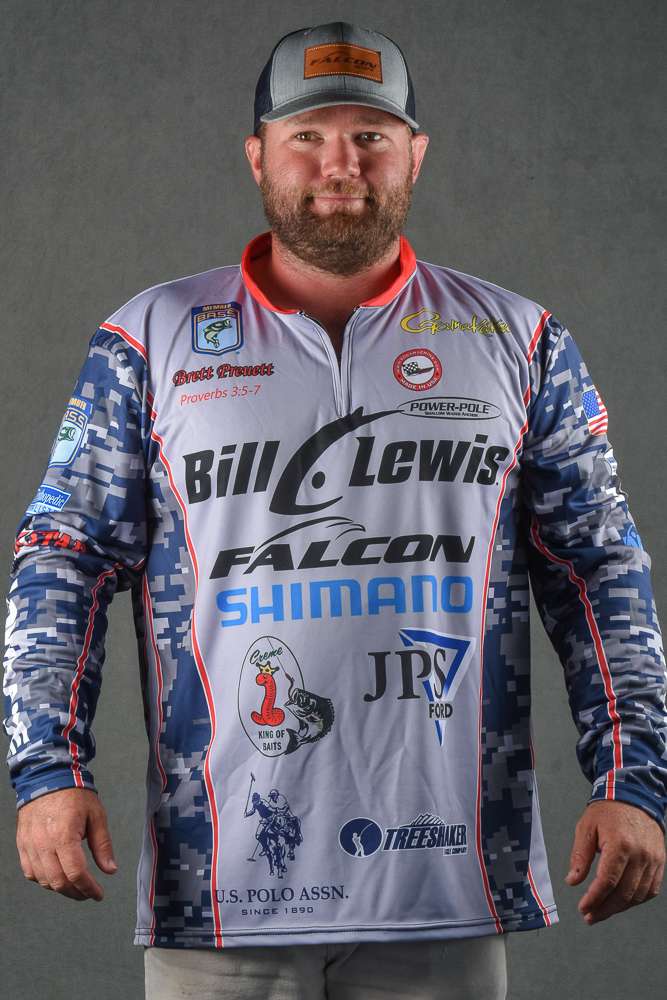
So much of bass fishing involves hunting: hunting for the right water color and temperature; hunting for tournament-winning 4 pounders versus middle-of-the pack 2 pounders; and hunting, of course, for that hard-to-find underwater structure where a quality limit of bass can be caught.
Well, there’s good news. The rocks we call “riprap” that are used for erosion protection around nearly every bridge in America are consistently good at holding bass – especially in early spring. And, they’re as obvious to see as the bridges they help protect.
There are two reasons I believe riprap holds bass this time of year. First, a lot of times bridges are located over creeks that bass use as migration routes from the main lake back to the shallower, flatter, spawning areas. So in a sense, the riprap serves like a highway rest stop as bass travel from the prespawn areas to the spawning locations.
The second reason I like riprap this time of year is that rock tends to hold heat from the sun, and any little increase in water temperature this time of year is attractive to bass. So, not only does the riprap become a rest stop, but a warmer than average rest stop as well.
As far as what they snack on at riprap rest stops, there are two lures that I use most this time of year. One is a Bandit 200 crankbait, and the other is a suspending jerkbait.
The Bandit 200 is a great tool because its round diving bill bounces off the rocks really well without getting snagged too much, and it dives to about 7 feet on the 12-pound mono I use, which is just about the perfect depth. Chrome with a black back is the color I rely on a lot, but as Randy Howell has proven at the last two Bassmaster Classics, crankbaits in red/orange crawdad colors are pretty awesome around riprap at this time of year too.
If I can’t get ‘em to bite the crankbait by casting parallel to the rocks, then I’ll switch to the suspending jerkbait, back the boat a little further away and cast at 45-degree angles toward the riprap.
Of course, the whole key with a suspending jerkbait at this time of year is to pause it dead still for a couple of seconds, or longer, between each twitch of the rod tip. I like to throw it on 10-pound fluorocarbon because it gets the lure just a little bit deeper than monofilament, and it’s less visible than mono, which I think helps get more bites as the bass have more time to study it between jerks.
While the fishing can be a little slow due to cold water this time of year, just remember, riprap can be a real hot spot – and the cool thing is, you never have to hunt very hard to find it.





